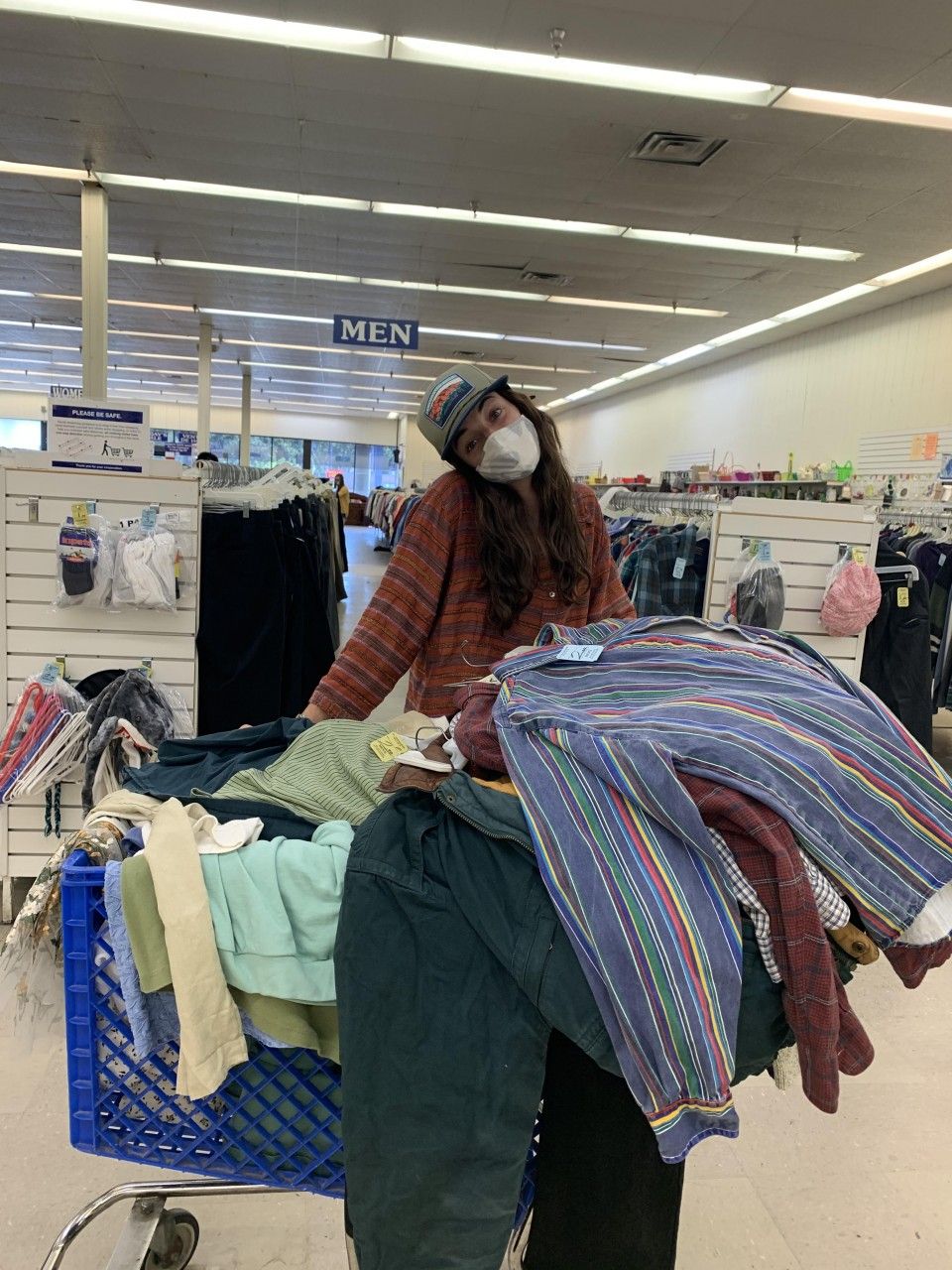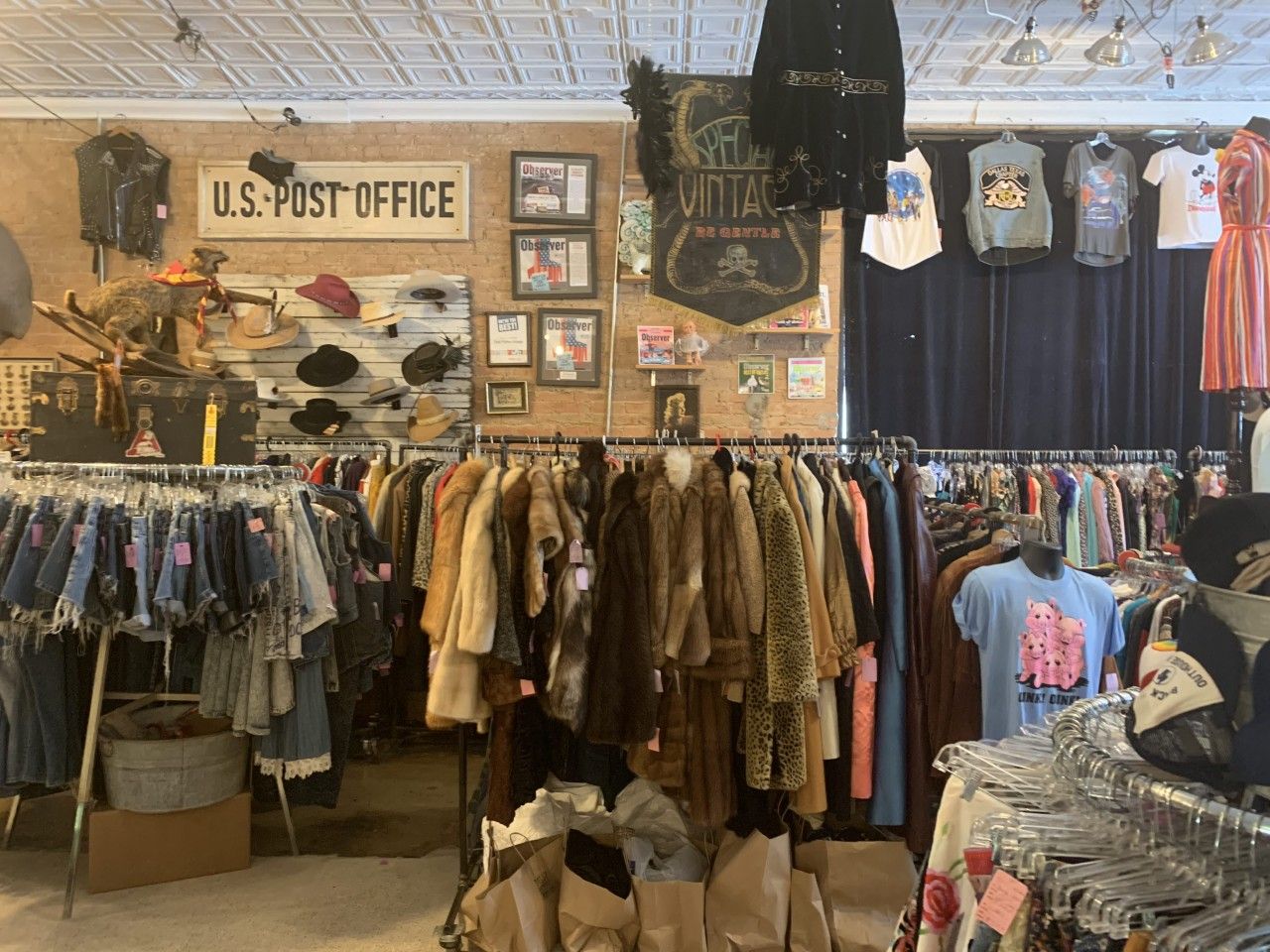In case you haven’t heard, vintage is the new black. All of a sudden, the newest trend is reselling, rewearing, and bringing back clothes from the past. In just the last 5 years, second-hand shopping has exploded in Texas, becoming its own sector of the economy (Source: Vintage Clothing Industry Becomes Booming in Texas).
What many may not know is that this new trend is unlike most other shopping habits; it is actually good for the environment. Buying second-hand reduces the amount of clothes that end up in landfills, it lowers the need for excess production, and it uses dramatically less resources than new, fast fashion.
While second-hand shopping is fun and trendy, it can be daunting to try out. Here are a few tips for making the switch to a more sustainable (and unique) way of choosing your wardrobe.
1. Become familiar with your local thrift stores and consignment centers. You might be surprised at how many places are offering these turnover services. Don’t know where to start? A simple Google search of “thrift stores near me” will give you an idea of where to begin. After that, it’s all about trial and error. In no time, you’ll have a list of your favorite, trusted places to shop. On top of that, online thrift stores and resale clothing apps offer great deals and make it easy to find what you need. A quick search on one of these platforms will have endless options, just like other retail sites.
2. Shop often, but be patient. Oftentimes, when we need a specific item on short notice, we are more likely to shop fast fashion or forget to check eco-friendly options. But, if we can be on the lookout for possible future needs each time we shop, we are less likely to be impulsive next time. For example, if you find a perfectly fitting pair of used jeans in the summer, go ahead and make the purchase for the coming days when you will want another pair. This way, when the time or need comes, you are less likely to turn to the easier yet less sustainable options. This doesn’t mean buy what you don’t need; it means be strategic and think long-term!
3. Invite friends and make it fun. Because second-hand shopping is a low-cost endeavor, and because it can keep you occupied for as long as you please, make it a go-to activity. Inviting friends or family along can be a fun and new way to spend free time. Shopping with others makes the hunt exciting, and it keeps the morale high when it’s hard to find the hidden gems.
4. Remember that a little goes a long way. Second-hand shopping is an easy solution to textile waste and resource consumption around the world. It can solve many problems our environment faces today. Therefore, even the small changes and individual decisions go a long way. When you buy a single shirt second-hand, it keeps that shirt out of a landfill, and it keeps another new shirt from being made unsustainably. So, the next time you need a few new shirts or a pair of shoes, check your local thrift and consignment stores. Each choice you make to shop second-hand can have a ripple effect.





